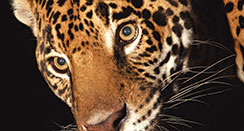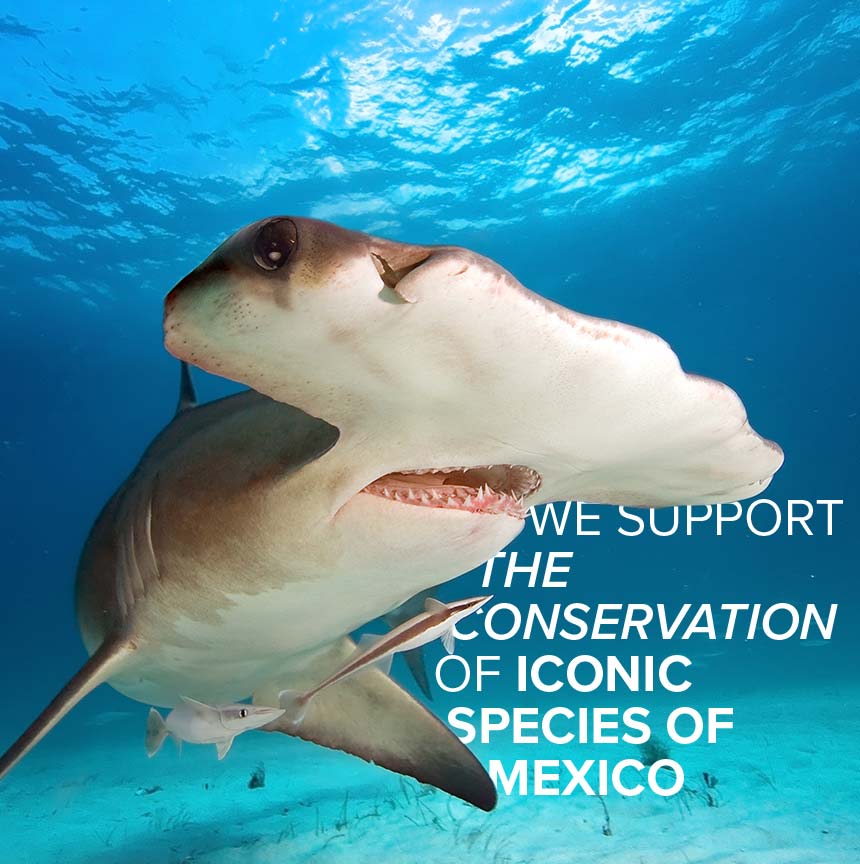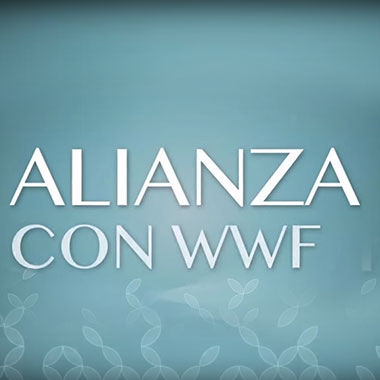ENVIRONMENT
WWF-CFS PARTNERSHIP

Results
The partnership has supported
69
local organizations to execute 105 projects throughout the Mexican territory.
Developed by Carso Digital Innovation, the WWF-Telcel app provides information about the three endangered species that are protected by the partnership: the great white shark, the Monarch butterfly and the jaguar.
JAGUAR PROTECTION IN MEXICO

In 2005, the WWF-FCS joined the efforts of the Institute of Ecology at the National University of Mexico (UNAM) and the National Commission of Protected Natural Areas to support the national strategy for protecting the jaguar and reducing the impact of activities that threaten its survival, beginning with public policies compatible with the sustainable development of each region.
Results
1
international and nine national symposiums for thedevelopment of proposals for jaguar protection.
2
national censuses of the jaguar and its prey.
4
books published.
MEXICAN BIODIVERSITY COLLECTION
The Carlos Slim Foundation produces a collection of publications that features topics such as the biological diversity of Mexico, its natural richness, the threats it faces and the possibilities for preservation in the long term. This collection is part of the Foundation’s efforts for the protection and preservation of biodiversity, as well as for the sustainable development of Mexico.
Results
Publication of ten volumes
- I. Mexican Land: Jungles, Deserts and Seas (2007)
- II. Mexican Nature: Legacy of Preservation (2008)
- III. Mexican Fauna: Nature´s Splendor (2009)
- lV. Felines of the Americas--Amazing Hunters (2010)
- V. Threatened Animals in the Americas. The Challenge of their Survival (2011)
- VI. Animals of the Americas: Migration and Large Concentrations (2012)
- VII. Mammals of the World: Biogeographic Regions (2013)
- VIII. Natural Areas of Mexico: Legacy of Conservation (2014)
- IX. The Seas of Mexico and the World (2015)
- X. Natural Richness of Mexico. Environmental Services and Preservation (2016)
- XI. Conservation of the Nature of Mexico. Success stories. (2017)
- XII. Birds of Mexico: Diversity and conservation (2018)
CONABIO–CSF PARTNERSHIP: NATURALISTA
Naturalista is a platform where users learn about the great biodiversity of Mexico and the world, share nature sightings and meet other enthusiasts and professionals in the field.
Training on the use of the platform to upload information and promote the site is provided in the communities of Oaxaca, Chiapas, Tabasco, Campeche and Quintana Roo.
Developed by the CSF-Conabio-California Academy of Sciences partnership, the iNaturalist App allows uploading, identifying and searching sightings with photos and location using GPS, creating a social information community with scientific-research value.
Results
100
rural communities trained.
8,114
naturalists trained.
1'582,555
sightings of species uploaded and recorded in the platform, including the discovery of new species.
31,073
species registered on the platform.






